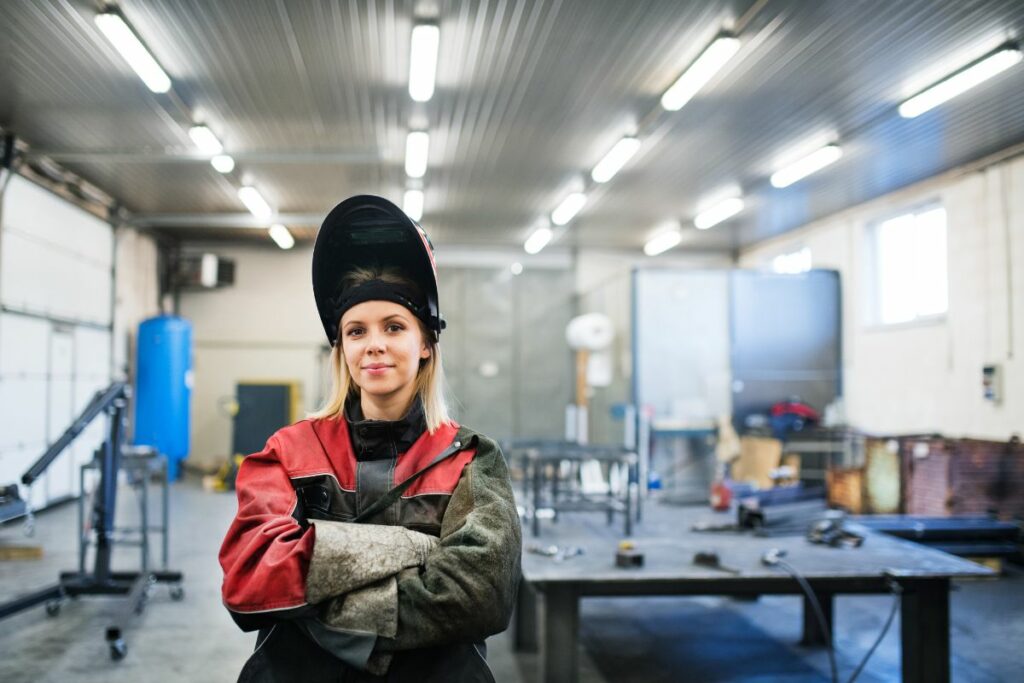
You may have just decided to upskill from some of your foundational know-how in welding or perhaps you’re here, completely starting from scratch to learn the basics. Regardless of where you find yourself in those situations, you grasped that there’s a welding career you want to pursue and gain the necessary skills for. But when it comes down to which school to enrol in, how do you choose? Here are some points of consideration and questions to ask, helping inform your decision.
If you’re a student overseas planning to pursue your international studies in New Zealand, it is worth noting to look for the school’s NZQA status. Further, New Zealand Qualifications Authority is the body in the education sector that reviews for the credibility of training frameworks, ensuring they are at par with national and international standards, and produce clear and well-defined clear learning outcomes for students. To make sure your learning is officially credited at the end of your studies, make sure they are NZQA-recognised and approved.
While it’s necessarily not suggested that you stalk trainers on LinkedIn, it might help you gain some level of confidence to know the qualifications of your trainers. Look it up on the school’s webpage and see if their qualifications are aligned and relevant to your chosen course. If it’s not immediately available, request for more information from the training provider. This gives the impression that you are serious about your education and you can gauge if the training provider is equally so.
New Zealand is the sixth-largest island country by area so it’s important to know which part in the country is the training provider located. What’s the public commute like or the transport situation around the area, are just some things you can look into. Apart from the school’s physical location, also look into how accessible are the courses for you. Will you be required to do face-to-face lessons during weekdays or you can do online classes at times? Choose a training provider that is accessible and aligns with your preferences.
Learning welding won’t be complete without the technical and practical application. Hence, aside from theoretical and foundational units of study, you’d want to also look into how you may apply those learning in practical contexts. Does the training provider have the right equipment and facilities to facilitate such kind of learning? And if yes, would that be enough to make sure all the students enrolled get their fair chance to have a go and maximise them?
Once you’ve checked the accreditation status, the relevant qualifications of the training staff, the school’s location and accessibility, and the facilities, now you can check for the course fees and weigh if they are reasonable and cover most of the areas mentioned above. While lower course fees can be attractive, it doesn’t necessarily mean to be better as there are other factors to consider. As a tip, you can also explore if the training provider offers scholarship opportunities or flexible payment schemes. All you have to do is ask.